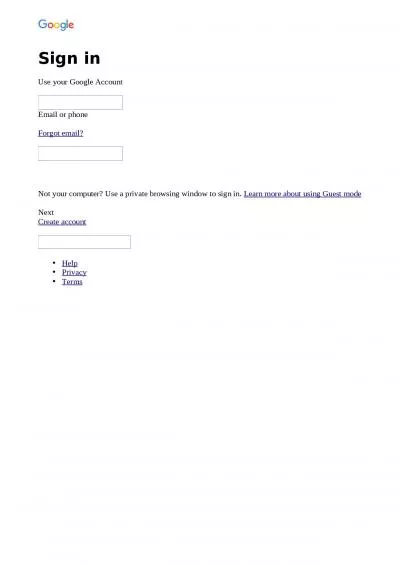PDF-Linda Emanuel, MD, PhD; Don Berwick, MD, MPP; James Conway, MS; John C
Author : olivia-moreira | Published Date : 2016-12-08
19 Critical assumptions in health care were rewritten by patient safety thinking How to understand why people make errors that lead to adverse events shifted from
Presentation Embed Code
Download Presentation
Download Presentation The PPT/PDF document "Linda Emanuel, MD, PhD; Don Berwick, MD,..." is the property of its rightful owner. Permission is granted to download and print the materials on this website for personal, non-commercial use only, and to display it on your personal computer provided you do not modify the materials and that you retain all copyright notices contained in the materials. By downloading content from our website, you accept the terms of this agreement.
Linda Emanuel, MD, PhD; Don Berwick, MD, MPP; James Conway, MS; John C: Transcript
Download Rules Of Document
"Linda Emanuel, MD, PhD; Don Berwick, MD, MPP; James Conway, MS; John C"The content belongs to its owner. You may download and print it for personal use, without modification, and keep all copyright notices. By downloading, you agree to these terms.
Related Documents

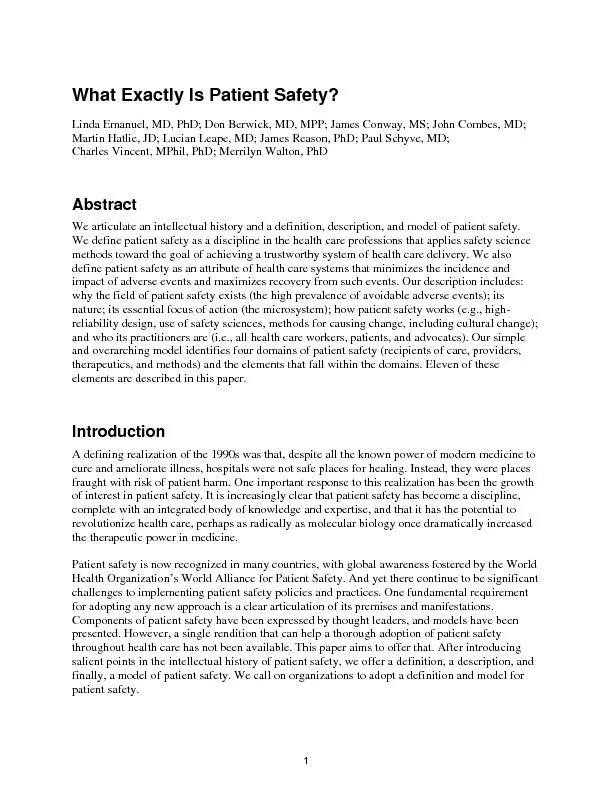
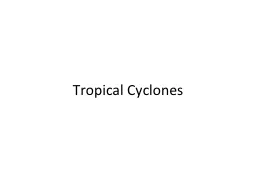

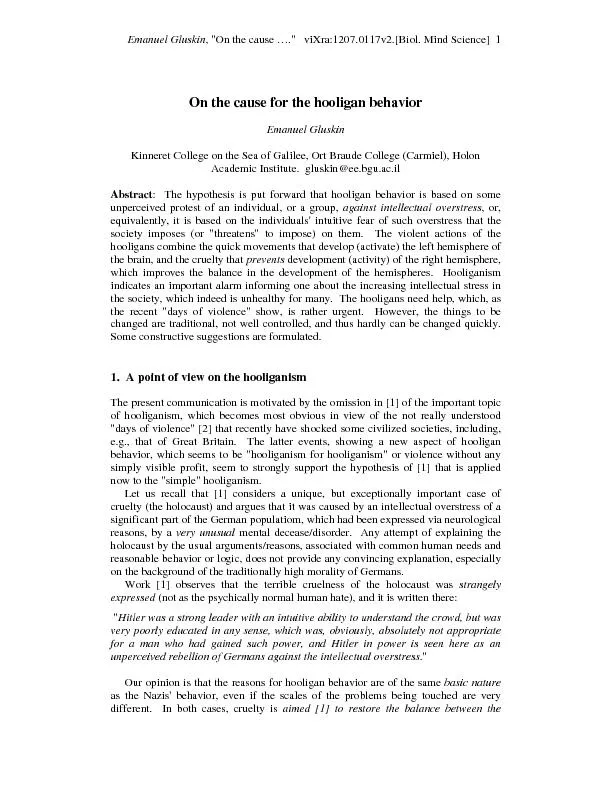




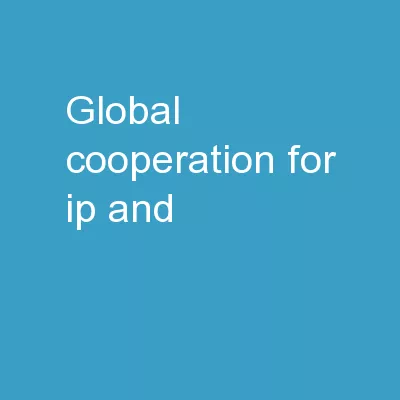
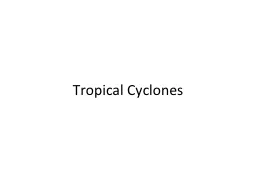

![[DOWNLOAD] - Emanuel Law Outline: Contracts (Emanuel Law Outlines)](https://thumbs.docslides.com/902567/download-emanuel-law-outline-contracts-emanuel-law-outlines.jpg)
![[DOWNLOAD] - Emanuel Law Outline: Contracts (Emanuel Law Outlines)](https://thumbs.docslides.com/907162/download-emanuel-law-outline-contracts-emanuel-law-outlines-61c2b06a7bb8c.jpg)
